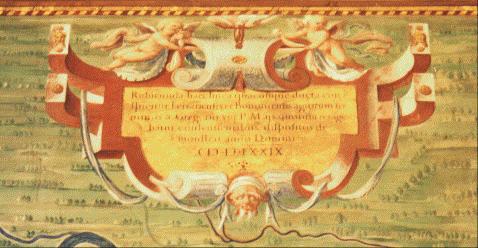ROMAN NUMERALS
History
The history of Roman numerals is not well documented and written accounts are contradictory. It is likely that counting began on the fingers and that is why we count in tens. A single stroke I represents one finger, five or a handful could possibly be represented by V and the X may have been used because if you stretch out two handfuls of fingers and place them close the two little fingers cross in an X. Alternatively, an X is like two Vs, one upside down. Although the Latin for 100 is centum and for 1000 is mille, scholars generally do not think that C is 100 and M is 1000 because they are the initial letters of centum and mille. The use of D could be a representation of a C with a vertical line through it representing half. My own views is that M arose out of the use of () symbols to multiply by 1000. This theory is supported by the use of ( I ) for 1000 and I ) for 500. These could easily become corrupted or abbreviated into M or D which they resemble.
The use of this form for M and D is shown in this picture of a map dating from the 16th century in the geographical room at the Vatican in Rome. The date depicted here is ( I ) I ) LXXIX or M D LXXIX or 1579.

Another
example is found on a London tomb showing the date MDCCXLI or 1741.

History of Roman Numerals
Version 3, 22 July 2005
All material on these pages is © Paul Lewis 1997-2005